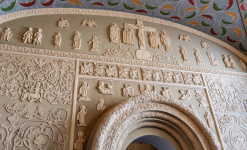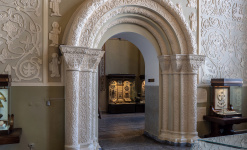The culture of Ancient Russia. 9th – first half of the 13th century






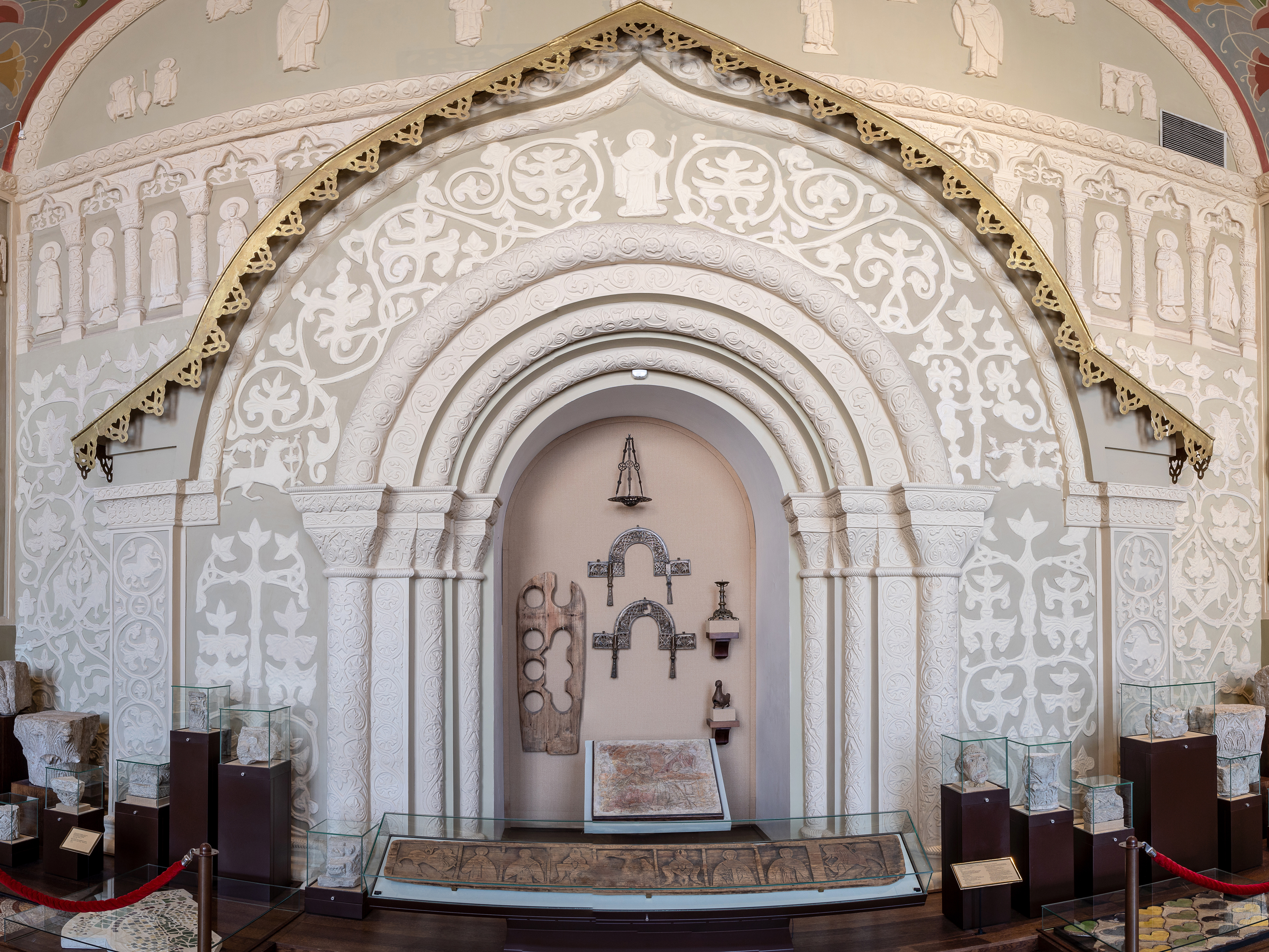

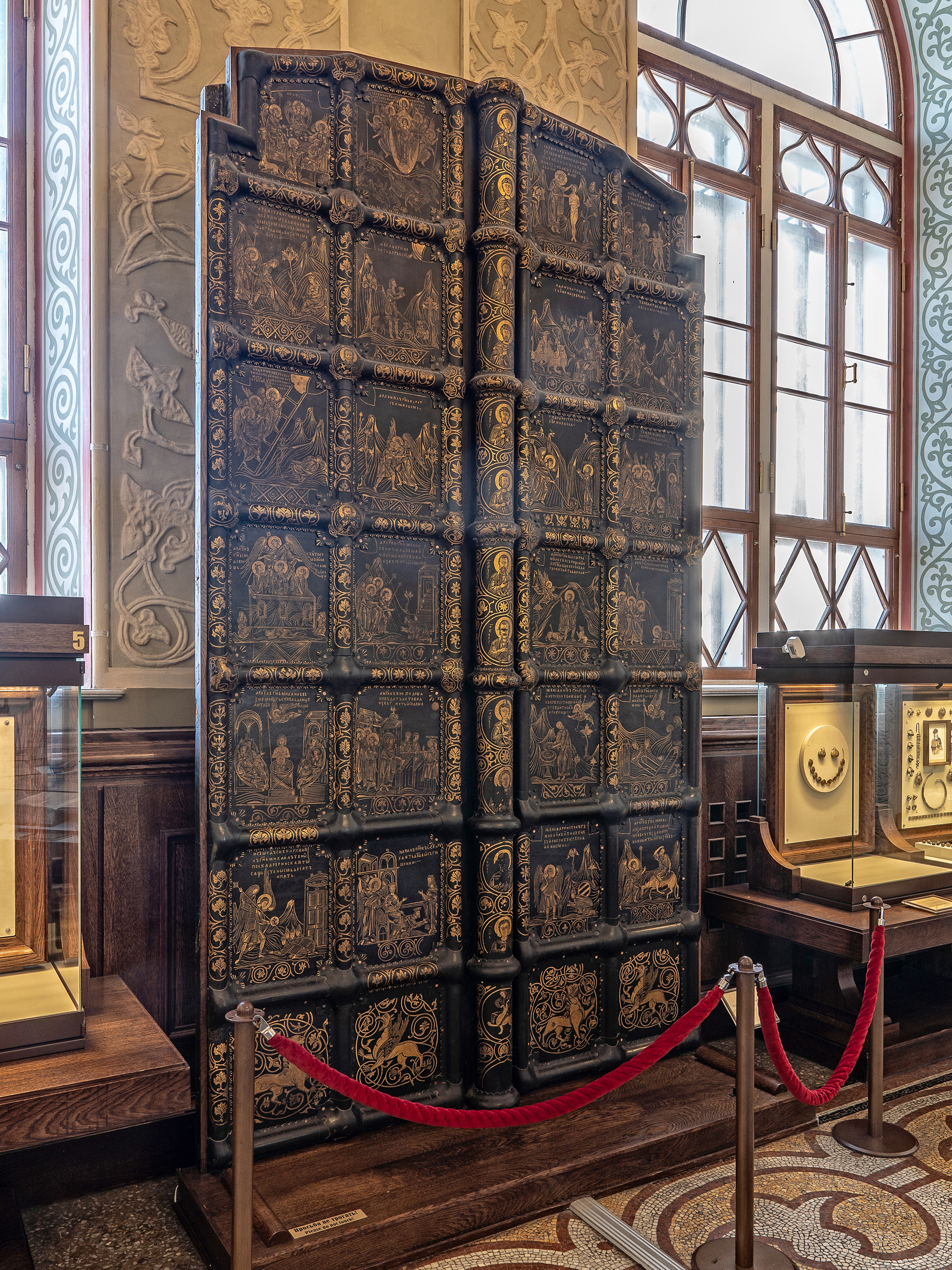
In the 10th–11th centuries Russia experienced a quality leap in the development of culture. On the one hand, the adoption of Christianity in the late 10th century gave powerful boost to the development of Ancient Russia. On the other hand, for the first time appears the culture of the city, which has absorbed new ideas brought from the outside and old, still pagan traditions and beliefs. For centuries, the ancient Russian culture was a result of synthesis of diverse elements, experiencing the Scandinavian, the Byzantine and Oriental influence. However, it maintained its vibrant identity.
Numerous design forms, techniques and decors came to Russia from Byzantium, the most culturally developed state of that time. They were subsequently mastered and processed by local craftsmen. Right after the Christianization Russia starts stone construction. Such outstanding monuments like Kiev and Novgorod St. Sofia cathedrals, Vladimir Assumption and Dmitrievsky cathedrals for a long time remain symbols of the era. Cross-domed composition of temples, borrowed from Byzantium, was enriched by Russian architects with wooden elements.
The written language in Russia is registered even before the adoption of Christianity, but its wide spread is associated with this landmark event. Numerous churches and courts of Princes became sources, that spread "book-learning" and education, the place where the first literature monuments were created. The books were written on parchment by statutory script, decorated with colorful miniatures and headpieces. The translations of works of the "fathers and teachers of the Church" were very popular in Russia, as well as Chronicles, solemn and educational works, and life stories of the saints. A special place is dedicated to chronicles that arose in the 11th century and continued until the end of the 17th century. The great role in its development was played by the Kiev Metropolitan Illarion, the author of the "The word of law and grace", and the Kiev-Pechersky monastery, from the walls of which came out the well — known "Tale of Bygone years" - a set of Chronicles of the ancient past of Russia.
The main source of information about the arts and crafts of Ancient Russia are numerous treasures buried during the invasion of Khan Batu in 1237–1241. All of them are sets of jewellery of the nobility, hidden during the endangered period. "Marvelous pattern" introduces us to different types of jewellery. Casting and forging, and stamping, and blackening and gilding, filigree and enamel cloisonné were well known to Russian craftsmen and allowed them to create amazing samples of highly artistic products.
Many local centres of material and spiritual culture appeared in Russia throughout the 12th – first half of the 13th centuries, the entire period of specific principalities (political fragmentation), being defined by regional peculiarities. At the same time, the culture of the principalities in general remained the same, with remarkably noticeable awareness of the unity of the Russian land.












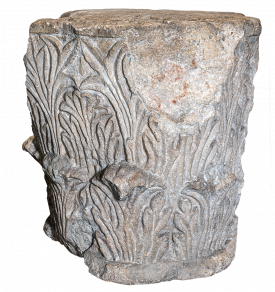
Design of the hall was made after the decoration of St.George's Cathedral in Yuryev-Polsky. This oldest Church of the Vladimir-Suzdal Principality was built in 1230–1234 by Prince Svyatoslav, the son of Prince Vsevolod the Big Nest. St.George's Cathedral is the only one of its kind: 450 reliefs decorate its walls. Images of the Saints and warriors; birds and animals, griffins and dragons, lions and other fabulous creatures, that symbolize powers of nature, are spread over the walls in seemingly chaotic pattern and create a mysterious mosaic, and next to them is an image of the Tree of life.
The Cathedral has a complex history. Its walls were covered from the bottom to the top with beautiful white stone carvings, but in the 1460s the building collapsed, "crumbled" and a slender system of decoration. When the Cathedral was rebuilt, it turned out twice lower, part of the stone blocks disappeared, and some of the reliefs were put in "wrong" places.
Left of the entrance is an almost real-size copy of the southern portal of the temple, above it is an image of the Mother of God "Oranta"; "the indestructible wall", protection. On the half-columns are placed medallions with the patrons of the Vladimir-Suzdal Princes and masks, symbolizing "Grigny" – the squad of the Prince.
Above the portal into the hall #12 is a gypsum copy of the so-called Svyatoslav cross from the walls of the St.George's Cathedral. The legend has it that in 1224 Prince Svyatoslav Vsevolodovich had personally carved a stone cross in memory of the miraculous survival in a storm that hit his boats on his way back from a victorious campaign against the Volga Bulgaria.
The painting of the vault and the pattern of the mosaic floor copy the ornaments and frescoes of the Assumption Cathedral of Vladimir (in 1937 the painting was whitewashed and restored in the end of 1990s).
The hall also features a copy of the Southern Gates of the Nativity Cathedral in Suzdal, made in the 1880s. The original gate (1220–1240s) made of copper plates, decorated with stamps made in the technique of fire guilding, is an outstanding work of ancient Russian applied art.


